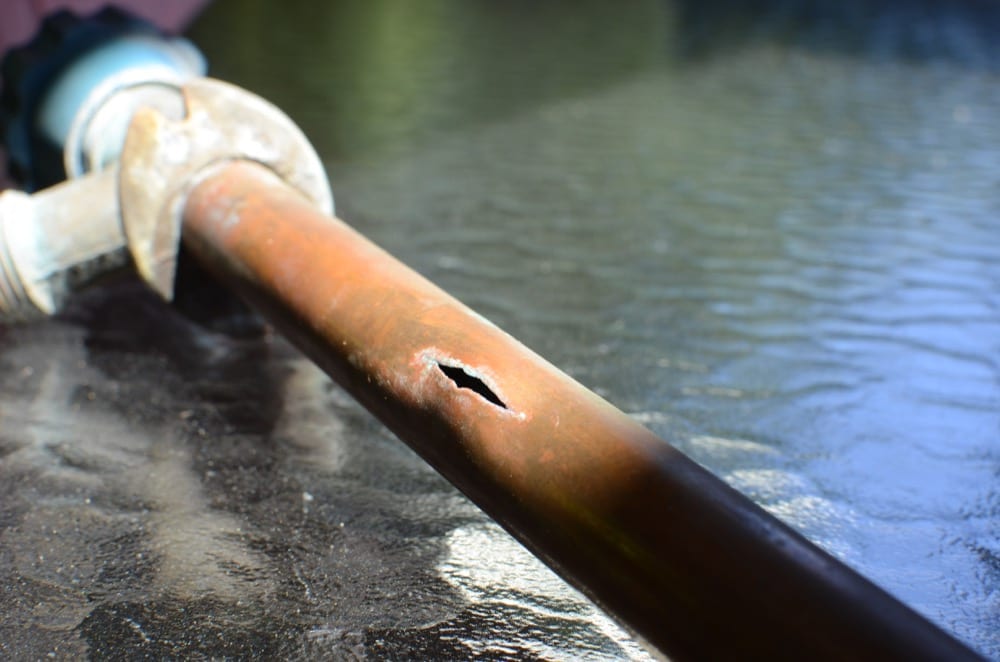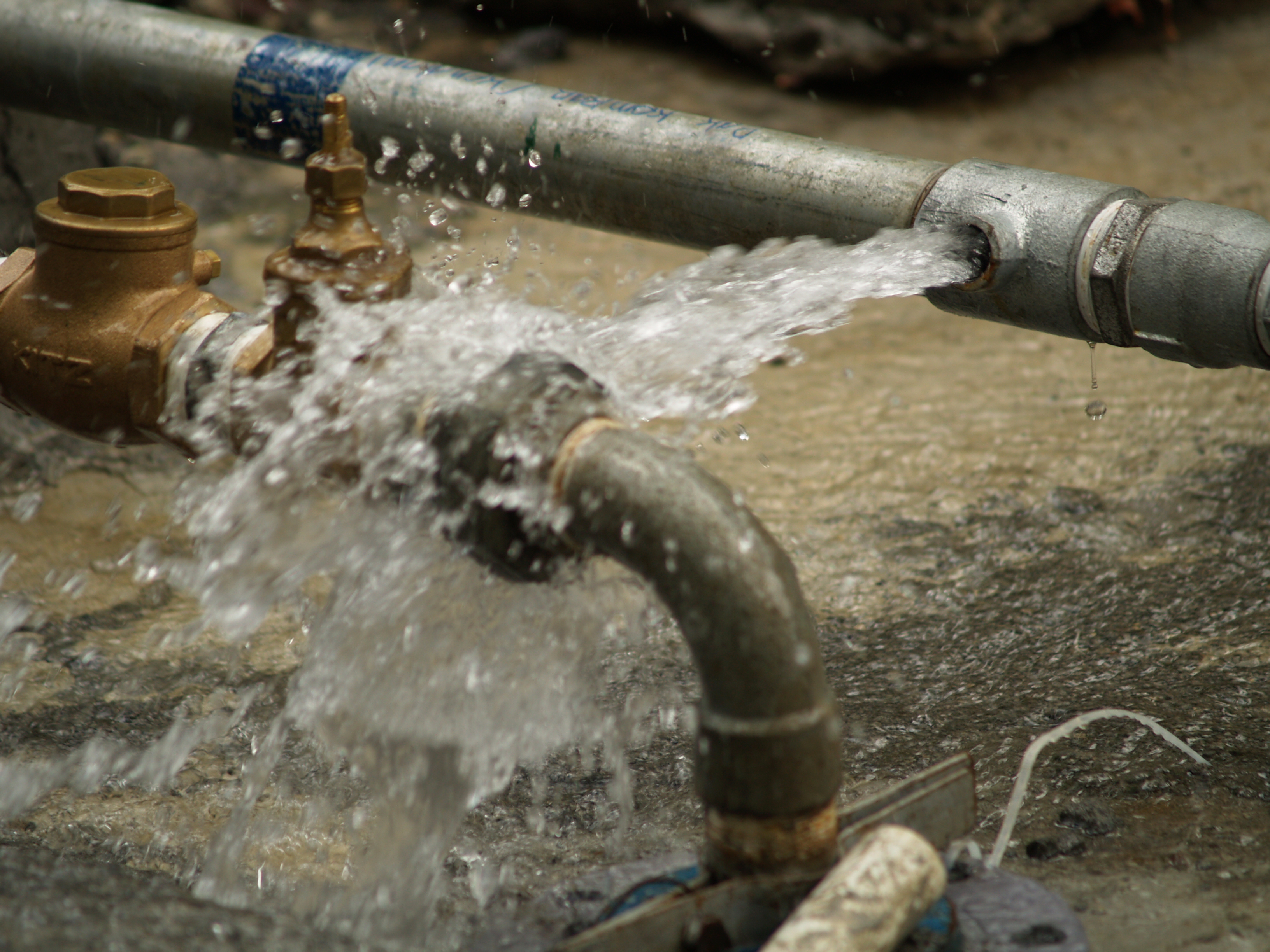Recognizing a Burst Pipe and Quickly Executing Repair Measures
Recognizing a Burst Pipe and Quickly Executing Repair Measures
Blog Article
What are your opinions about How to install a dishwasher safely?

A ruptured pipeline is a significant emergency; you can just stand as you watch water you pay dearly to reunite with the planet. In worse cases, you observe a pool on your cooking area floor, which is an excellent trip threat, particularly if you have children around. If the pipeline that burst was in your wall surfaces, bad news: you might need to repaint that whole section.
Exactly how can a calamity like a burst pipeline be avoided and managed? Well, by paying attention to your professional emergency plumbing technicians and complying with these policies.
How do I recognize when my pipes have ruptured?
Fluctuating water stress
Pipelines do not simply burst in a day. You might have noticed that your kitchen area faucet or shower doesn't run instantly when you transform the tap. It may stop briefly for a couple of seconds and after that blast you with more pressure than common.
In other instances, the water might appear normal initially, after that decrease in pressure after a few secs.
Damp wall surfaces and water stains
Before a pipe bursts, it will leak, many times. If this relentless leaking goes unnoticed, the leak may finish into a large laceration in your pipeline. One very easy way to avoid this emergency is to watch out for wet walls ad water stains. These water discolorations will certainly lead you right to the leakage.
Puddles under pipes and sinks
When a pipe bursts, the outflow forms a puddle. It may appear that the puddle is growing in dimension, and despite how many times you wipe the pool, in a couple of mins, there's an additional one waiting to be cleansed. Frequently, you may not be able to trace the puddle to any kind of noticeable pipes. This is an indicator to call an expert plumber.
Untraceable trickling sounds
Pipe ruptureds can happen in the most undesirable areas, like within concrete, inside wall surfaces, or under sinks. When your house goes silent, you may be able to listen to an aggravatingly relentless trickling sound. Even after you've examined your shower head and also cooking area faucet, the leaking may continue.
Beloved viewers, the leaking may be coming from a pipe inside your wall surfaces. There isn't much you can do regarding that, except inform a professional plumber.
Turn off the Water
When water freezes, it increases in quantity by regarding 9 percent. And it expands with tremendous pressure: The pressure inside pipes may go from 40 pounds per square inch to 40,000 psi! No pipe can hold that much pressure, so it breaks open. The break might take place where the ice kinds, however regularly, it happens where water pressure finds a weak spot in the pipeline. That might be inches or even feet from the icy location. Locate the water shutoff valve and also shut off the water to prevent even more damage. You might also need to shut down the power also, depending on where the leakages takes place as well as exactly how big it is.
Infected water
Lots of people assume a ruptured pipeline is a one-way outlet. Quite the contrary. As water drains of the hole or laceration in your plumbing system, contaminants locate their method.
Your water may be infected from the resource, so if you can, check if your water storage tank has any troubles. Nevertheless, if your drinking water is provided and also cleansed by the local government, you need to call your plumber promptly if you see or scent anything funny in your water.
What do I do when I identify a burst pipe?
Your water meter will certainly continue to run also while your water wastes. To minimize your losses, discover the major controls as well as turn the supply off. The water mains are an above-ground framework beside your property.
How to Fix & Detect a Leaking Pipe
How Do I Know if a Pipe is Leaking?
Leak detection tests can help you determine if your pipe has a leak. Even if you don’t see an apparent leak, you should still conduct leak detection tests regularly to save water and money—and prevent major damage to your home.
Water meter. It can be helpful to figure out what your usual water meter usage numbers are and then monitor them regularly. To monitor your meter, first, turn off all water faucets in your home. Check the meter and write down the numbers. In a few hours, check the meter again. If the numbers have changed, you have a leak. Water gauge. Use a water gauge to test your water pressure. Your showerhead should produce a certain amount of water pressure based on its model and design. If the pressure is lower than it is supposed to be for that specific showerhead, your home likely has a leak. Puddles. Look inside your bathroom, laundry, and kitchen sink cabinets. Puddles around the cabinets or around toilets, tubs, showers, and washing machines indicate the presence of a leaking pipe. You may also notice loose tiles, peeling or flaking paint, or mold caused by water accumulation. Napkin test. Even if you don’t see any puddles, you may still have a leak. You can test for water leaks in the bathroom, laundry, and kitchen by wiping below-sink connections with a napkin, paper towel, or piece of toilet paper. If it becomes damp, you probably have a leaking pipe under the sink. Discolored walls. Walls that are discolored—usually with brown or yellow stains—or bulging might mean that they have been impacted by water damage caused by a leaking pipe. Smell. A leaky pipe will create sitting water, and over time, that water may develop a musty smell. If your home smells musty, but you can’t locate the source, it may be due to a leak. Steps for Fixing a Leaking Pipe
A leaky drain can be remedied by tightening the pipe base, replacing the drain seal, caulking the rim, and tightening the pipe nut. Similarly, a leaking toilet pipe can be treated by tightening the packing nut. You may also need to replace the valve. A leaky faucet may just need tightening or replacement of the washers. If that doesn’t work, consider replacing your faucet. If your pipe has a hole in it, you may want to use a pipe leak sealer or pipe leak tape. This quick fix for water pipe leaks can also temporarily fix a copper pipe leak. https://www.ahs.com/home-matters/quick-tips/how-to-tell-if-pipes-are-leaking/

I hope you enjoyed our part on What to Know Before Installing a Dishwasher. Many thanks for taking a few minutes to read our short article. I beg you take a moment to share this blog posting if you enjoyed it. I enjoy reading our article about How to Prepare for Your Dishwasher Installation.
Explore Now Report this page